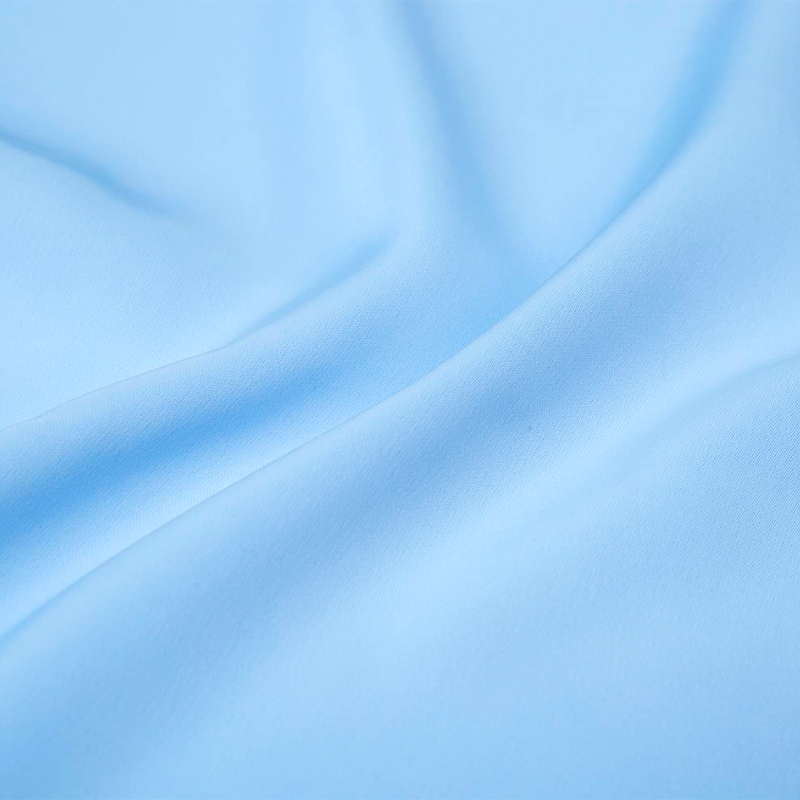The weaving process for Satin Cloth Fabric differs significantly from fabrics with a plain or twill weave in terms of construction, appearance, and feel. Satin cloth is known for its smooth, lustrous surface and luxurious drape. Here is a detailed explanation of how the weaving process creates the satin cloth fabric's distinctive characteristics:
1. Construction: Satin cloth is characterized by a floating weaving technique where the weft yarns "float" over several warp yarns before interlacing under one or more warp yarns. This floating technique gives satin cloth its unique shiny appearance and smooth feel. In contrast, plain and twill weaves involve the interlacing of weft and warp yarns at regular intervals.
2. Warp and Weft Yarns: Satin cloth uses fine, highly lustrous filament yarns for both the warp (lengthwise) and weft (crosswise) yarns. These yarns are typically made of silk, polyester, rayon, or nylon, as they offer a smooth surface and are conducive to achieving a shiny finish.

3. Floats: The key characteristic of satin cloth is the long float of weft yarns. Floats refer to the length of yarns that run unbound on the fabric surface before being interlaced with the opposite yarns. Satin cloth typically has a minimum float length of four warp yarns or more, creating a reflective effect and contributing to the fabric's smooth texture.
4. Satin Weave: Satin cloth is woven using a satin weave, which is characterized by more weft threads passing over warp threads than under them. This leaves a greater number of warp threads exposed on the fabric surface, further enhancing the light-reflecting properties and creating a lustrous appearance. The satin weave also gives the fabric a significant degree of flexibility and a good drape.
5. Techniques: To achieve the satin cloth fabric's specific characteristics, specialized techniques are employed during the weaving process. These include:
Tight Weave: Satin cloth requires a tight weave to maintain structural integrity and prevent snagging. This is achieved by maintaining consistent tension on the warp and weft threads during the weaving process.
Long Floats: The weaving process intentionally allows the weft yarns to float over multiple warp threads, creating the signature sheen and smoothness of satin cloth. The length of these floats is carefully controlled to balance aesthetics, durability, and resistance to snagging.
Balanced Satin Weave: For optimal results, a balanced satin weave is employed, meaning that the number of weft threads floating over the warp threads is equal to the number floating under them. This balance ensures an even distribution of tension throughout the fabric and contributes to its overall appearance and feel.
.jpg?imageView2/2/format/jp2)






.jpg?imageView2/2/format/jp2)



